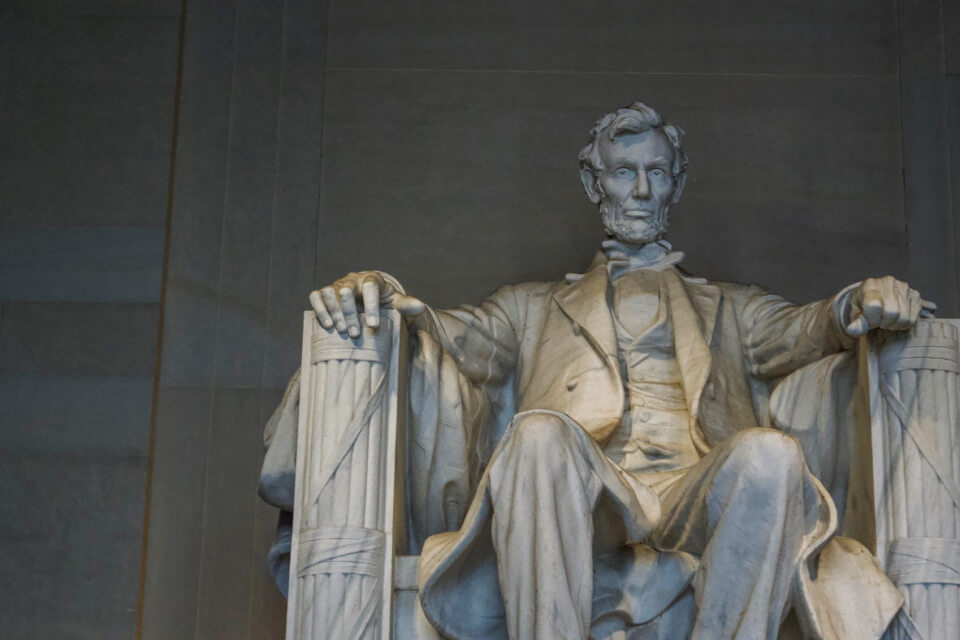Chrystia Freeland’s economic policies have long held a mirror to the challenges and aspirations of Canada. As she steps into the race for Liberal leadership, the implications of her financial strategies carry significant weight, not just for her party, but for the entire nation.
Freeland’s tenure as finance minister was marked by her unique ability to navigate crises. From steering Canada through the financial turbulence of the COVID-19 pandemic to shaping budgets aimed at fostering economic equity, her approach has been both pragmatic and ideologically driven. However, her recent resignation from the cabinet highlights tensions with the Trudeau administration—a crucial backdrop to her leadership ambitions.
Her policies have consistently prioritised social welfare and progressive taxation. During her time in office, Freeland championed measures such as affordable childcare, investments in green energy, and direct support for middle-class families. These initiatives, she argued, were critical in reducing economic inequality and future-proofing Canada’s economy against global challenges. Yet, these same policies have drawn criticism from conservatives and fiscal hawks, who warn about escalating national debt and potential strain on taxpayers.
Freeland’s resignation came on the heels of her final economic statement, which revealed a widening fiscal deficit. Critics, including her leadership rival Mark Carney, argue that such spending is unsustainable. Carney, with his background as Governor of the Bank of Canada, has positioned himself as a proponent of fiscal discipline. His contrasting approach presents a clear ideological divide within the Liberal leadership race, offering Canadians a choice between two distinct economic visions.
The broader implications of Freeland’s policies extend beyond party politics. Her vision reflects a global trend toward addressing systemic inequalities and climate change through expansive government intervention. If elected leader, she could solidify Canada’s position as a progressive outlier among G7 nations. However, this path is fraught with challenges, including balancing fiscal responsibility with the urgency of social and environmental reforms.
Freeland’s candidacy also comes at a time of heightened geopolitical tensions. Her vocal opposition to Donald Trump and advocacy for a strong, independent Canadian economy resonate with many voters. Yet, her critics caution that her policies may leave the country vulnerable to external economic shocks, particularly given its reliance on global trade.
As Canada stands at this crossroads, Freeland’s leadership bid offers an opportunity to reassess the nation’s economic priorities. Her track record suggests a commitment to bold, transformative policies, but the question remains: are Canadians ready to embrace this vision, or will they opt for a more cautious approach?
The choice between Freeland and Carney is not merely about personalities—it is a referendum on the kind of country Canadians wish to build. One thing is clear: the outcome of this leadership race will shape the nation’s economic future for years to come.


